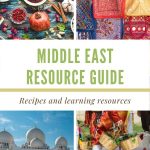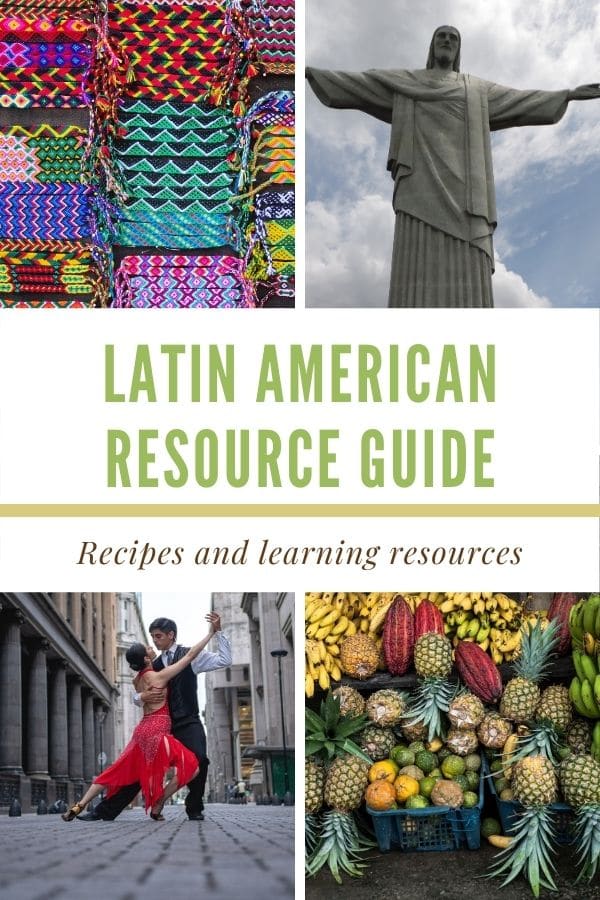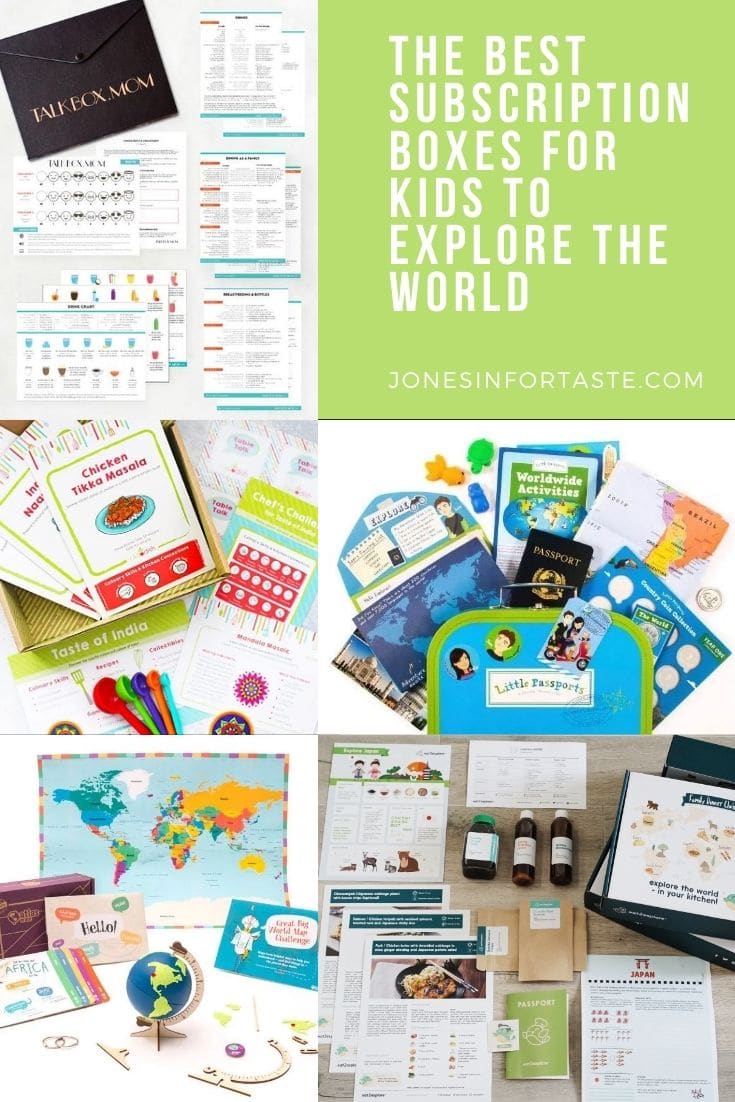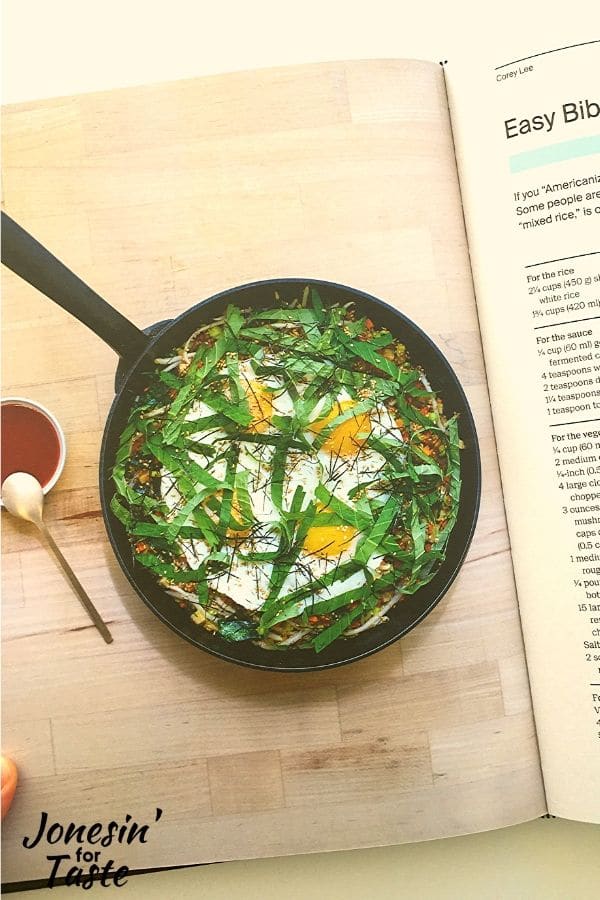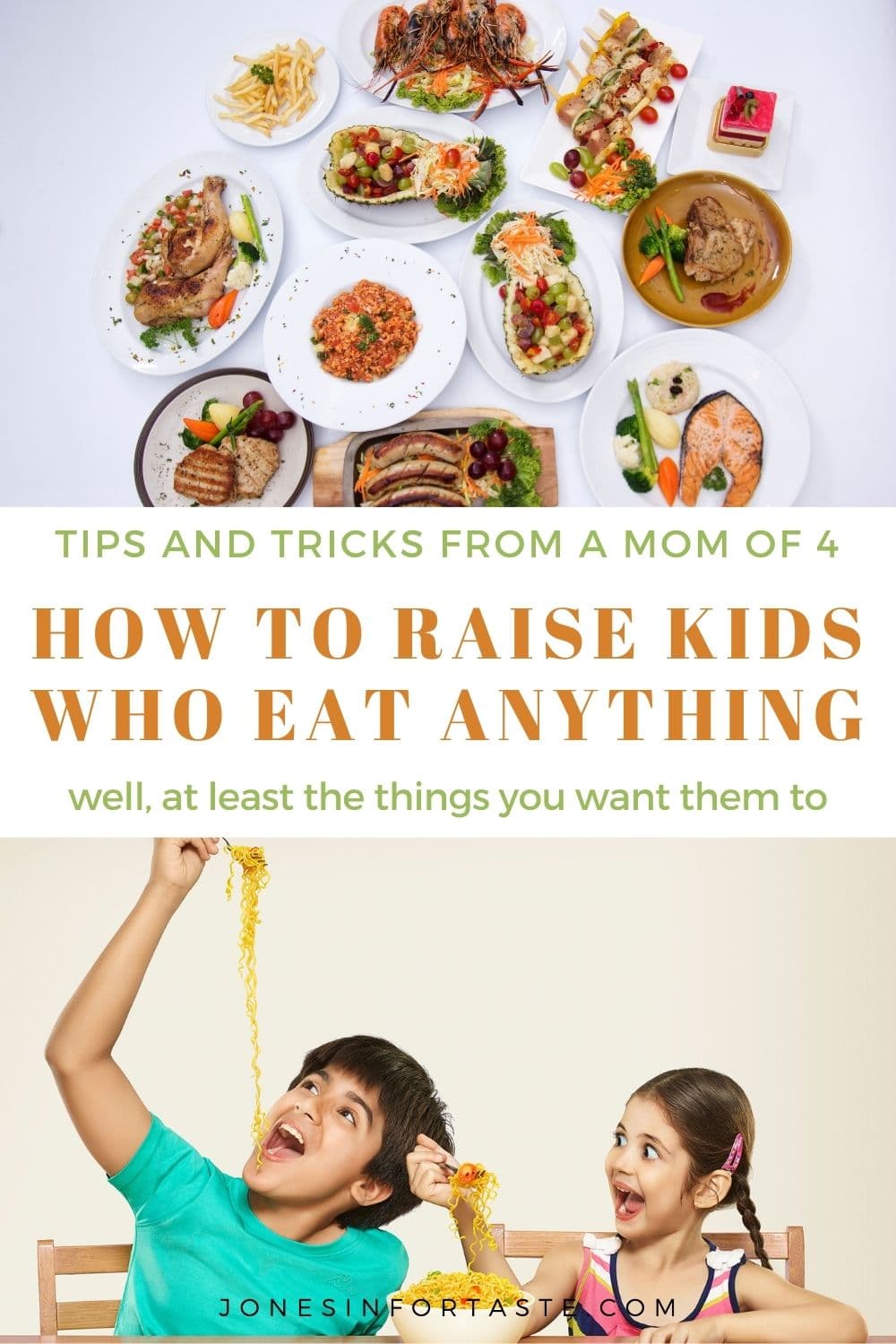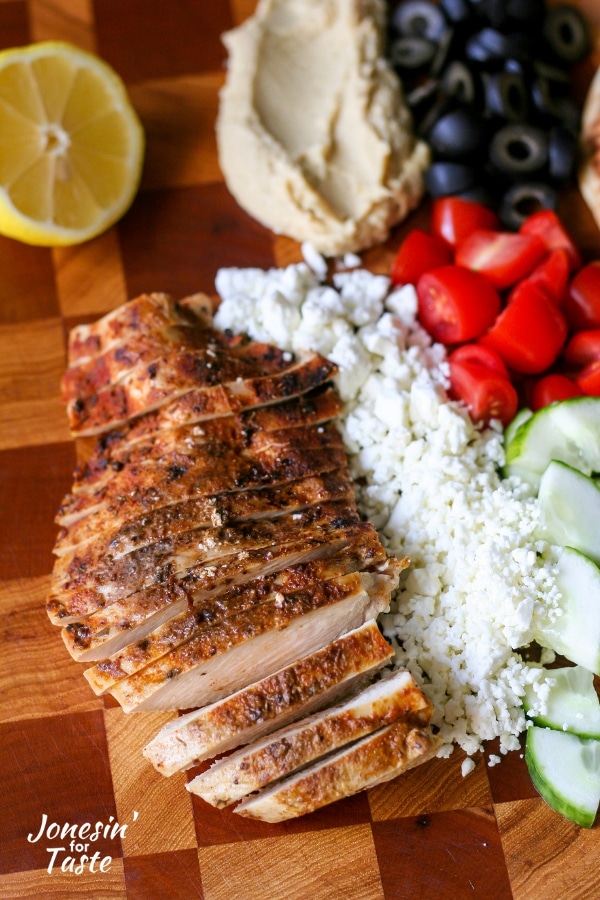Middle East Resource Guide
Be inspired to try the flavors of Middle Eastern cuisine and find resources to learn about the countries located in the Middle East.
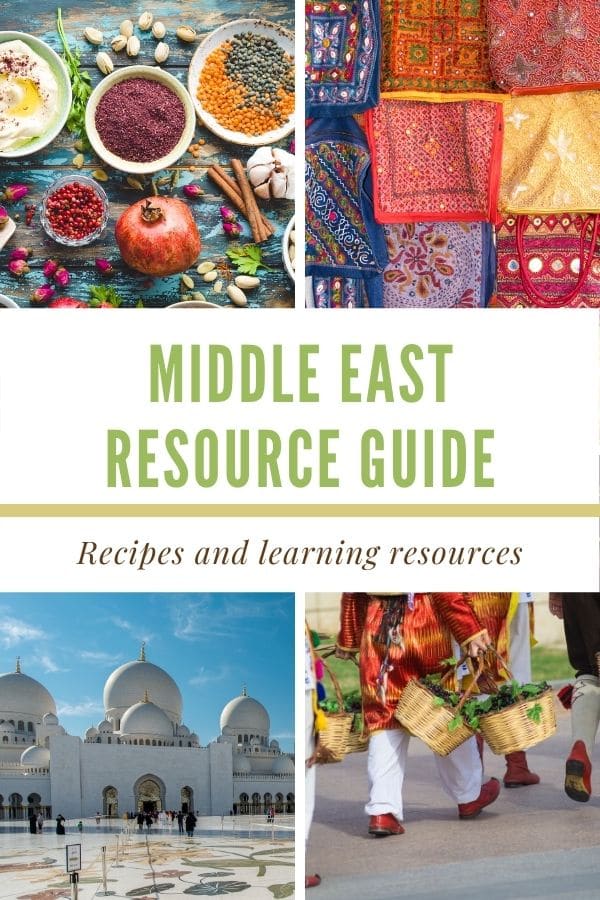
Table of contents
Middle Eastern food has many of the flavor combos you might be more familiar with than you may think. Many of the ingredients you can find readily accessible in your kitchen. For harder to find ingredients, it’s a great opporutnity to visit your local Middle Eastern market!
This resource guide can help direct you to new flavors, new recipes, and lots of kid friendly resources to help you connect the food with the cultures they come from. Included is a brief overview of Middle Eastern food and resources to interest children and get them excited about trying new foods.
Start with the How To Teach Children To Be World Food Explorers Guide
If you haven’t gone over the above guide it’s a good place to start so that you can successfully introduce your children to new and adventurous foods. Here’s some things to get you started on your next food adventure- the Middle East!
Top Ten Flavors
- Rice- rice features very heavily and is the staple grain in Middle Eastern cooking. Long grain white rice like Basmati or Jasmine rice is typically used.
- Saffron- This unique spice is used in both sweet and savory dishes. A little goes a long way and the best saffron is in threads and not ground since most ground saffron is diluted with other similar colored spices.
- Turmeric- Turmeric lends a very unique coloring to dishes but like saffron, a little goes a long way. It’s used frequently but in very small amounts.
- Cinnamon- Another spice used in both sweet and savory dishes and something you are sure to have in your cupboard already. Although cinnamon sticks are best for drinks, ground cinnamon works just fine for everything else.
- Sumac- The tart and tangy taste of this spice is often loosely compared to lemons. It’s less common to find in stores but is readily available online or at a Middle Eastern market.
- Garlic- Keep fresh and powdered garlic on hand because it’s used in both forms.
- Mint- Fresh or dried are added to salads, stews, and yogurt. Yogurt topped with cucumber and mint is often served at dinnertime.
- Yogurt- yogurt is used in side dishes, dips, and even marinades. Plain Greek yogurt is the best to use in Middle Eastern cuisine.
- Nuts- Nuts used plain or seasoned with salt and other seasonings are used. Of course they are tasty on their own as well.
- Dried fruit- Some of the most common dried fruits are apricots, dates, figs, and raisins.
Tips for picky eaters
Mix new ingredients in with old favorites– if your family has never had ingredients like lamb or eggplant before, they might be hesitant to try them. Start with ground lamb and mix it in with ground beef the first few times, the lamb will be less apparent and they can slowly become accustomed to it. I do the same with eggplant since my family isn’t a huge fan. I cut the eggplant smaller and use less the first few times I make a dish.
Serve dishes family style– instead of plating your children’s food for them, allow them to pick and choose what they would like to dish for themselves. You can also serve dishes with any toppings or sauces on the side so they can decide which they want to try.
Also, make sure you review this post on Introducing International Foods To Kids for more tips and tricks.
Tools and gadgets
Although these aren’t 100% necessary, these special gadgets or tools will aid you in making Middle Eastern food at home.
- Mortar and pestle/ spice or coffee grinder– it’s suggested two have two separate spice grinders- one for saffron and one for everything else. Freshly ground spices have a much more intense flavor and aroma so it really is worth the extra effort. Grinding spices is a fun job for children to do! A spice or coffee grinder takes the elbow grease out of the equation.
- Rice Cooker or nonstick rice pot– If you make a lot of rice (and many countries throughout the world eat mainly rice) a rice cooker is a great investment. It is a set it and forget it appliance that makes it easy to have lots of rice ready to go without having to watch over it. The one I have also has a delay timer so you can use a slow cooker or instant pot and come home to a house full of ready to go food.
Additional kid friendly resources
A big part of getting kids excited about new cuisines is introducing them to other aspects of the culture. Using music, books, and movies help spark children’s interest and open them up to trying new foods.
Music
Movies
- Wild Arabia (Netflix)
- Little Pim- Arabic for Kids (Amazon)
Books
- Malala’s Magic Pencil
- Sitti and the Cats
- Under My Hijab
- Librarian of Basra
- How Many Donkeys? An Arabic Counting Tale
- Four Feet, Two Sandals
- In My Mosque
- Amira’s Picture Day
- The Gift of Ramadan
Learn the language
Incorporating a new language into meal time is also a good way to engage children with the culture. Here are some resources:
- Use Hebrew at Home
- Use Arabic at Home (coming soon)
We use the German and Spanish series at home and I love it. This is not about grammar or sentence structure. It’s learning applicable phrases that your family can actually use. There are also awesome activity boxes that you can get that are more focused learning activities like learning all about food and mealtime!
Educational resources
Learning more about the countries in the Middle East is a way for us to connect the people and cultures who have blessed us with the cuisine. Plus, it is a great way to inspire children to be more aware of and connect with the world around us.
It is also important to note the differences between Arab, Middle East, and Muslim. Arab is a category that refers to people from Arabic speaking countries, Middle East refers to a region of the world, and Muslim refers to the religious community of Islam with members all around the world. Not all Muslims are Arab nor do they all live in the Middle East. Read more about the differences between the 3 categories here: https://teachmideast.org/articles/arab-middle-eastern-and-muslim-whats-the-difference/
Here are some resources to help you start that journey:
- Egypt
- Iran
- Morocco and here as well
- Oman
- Qatar
- Ramadan, not a country but a major holiday for the Muslim community
- Yemen
Middle Eastern Recipes to Try
Check out these great Middle Eastern food blogs:

